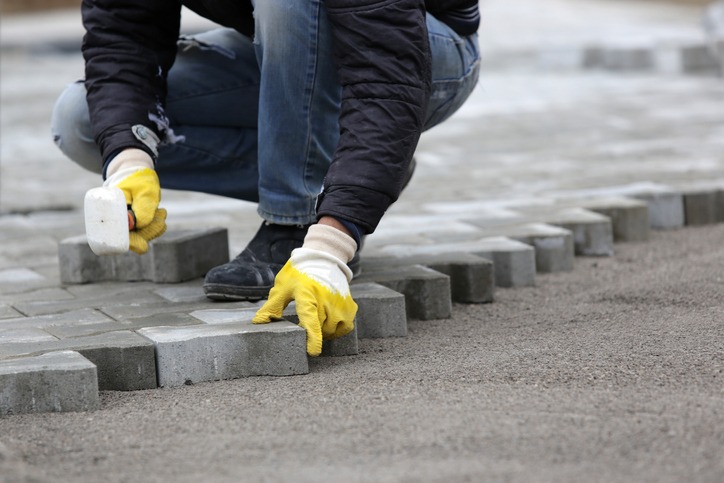When it comes to outdoor projects, there’s nothing like making a bold statement with a beautiful surface. Whether you’re looking to add a patio to your yard or a walkway around your garden, there are two popular hardscaping materials to choose from: pavers and concrete. Transform your backyard into a luxurious oasis with the high-quality pool pavers from Remastone.Both can be used in different applications, but which is the better choice for your outdoor project? In this blog post, we’ll explore the relative merits of pavers vs. concrete, so you can make an informed decision about which material is best for you.
When it comes to hardscaping materials, both pavers and concrete have their advantages and disadvantages. Pavers usually come in a variety of sizes, shapes, and colors, and are easy to install. However, pavers can be susceptible to weeds and other organic material growing between them. Concrete, on the other hand, can be more cost-effective than pavers and is less susceptible to organic material. It is also easy
1. Durability
When you’re looking for an outdoor material for your project, you want something that is strong, durable, and long-lasting. Pavers and concrete are both excellent choices for projects of all sizes, but when it comes to durability, pavers come out ahead. Pavers are made from sturdy materials like brick, stone, and concrete and are designed to stand up to all kinds of weather and high foot traffic. Concrete, on the other hand, can crack and chip over time, leaving you with an uneven and unattractive outdoor space.
2. Maintenance
Maintenance is an important factor to consider when deciding between pavers and concrete for your outdoor project. Concrete is generally easier to maintain than pavers, as it only needs to be swept and washed periodically. Pavers, however, require regular cleaning and sealing to prevent weeds and dirt from getting embedded in the joints. They must also be inspected for any shifting or settlement, and resealed if necessary.
3. Cost
The cost of pavers vs concrete is an important factor to consider when deciding which option is best for your outdoor project. Pavers generally cost more than concrete, but the exact amount will depend on the specific material you choose. On average, you can expect to pay about 10-15 percent more for pavers than concrete. However, if you factor in the long-term durability of pavers, the overall cost may be less in the long-run since you won’t have to replace them as often.
4. Aesthetics
When it comes to aesthetics, pavers and concrete have a lot to offer. Concrete is available in a wide range of colors and finishes, making it easy to create a unique design. For a smooth, low-maintenance surface, you can choose a broom-finished or exposed-aggregate finish. Pavers, on the other hand, come in a variety of styles and colors, and can be laid in a number of patterns to create an eye-catching design. Whether you’re looking for a classic look or something more contemporary, pavers and concrete both offer plenty of options to choose from.
5. Installation Process
Installation is an important factor to consider when choosing between paving materials. Pavers are installed by laying them out in the desired pattern and then using a compactor to ensure they are even. The sand that is used between the pavers also needs to be leveled once the pavers are in place. The installation process for concrete is slightly different. The concrete is poured and spread out in the desired pattern and then leveled. Once it is dry, the surface will need to be sealed to protect it from the elements. Both projects usually require some form of professional assistance, so it is important to get an estimate from a reliable contractor before making your decision.
In conclusion, when it comes to choosing between pavers and concrete for an outdoor project, it all comes down to personal preference. Pavers offer more design options and may be a better choice for homeowners looking to create a unique look. Meanwhile, concrete is more affordable and may be the better option for larger, more ambitious projects. Ultimately, both materials offer benefits and drawbacks, so it’s important to consider your budget and design goals before making a decision.

